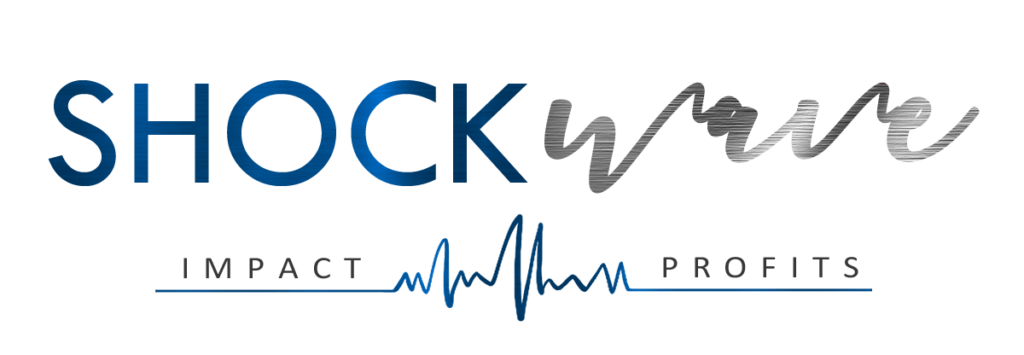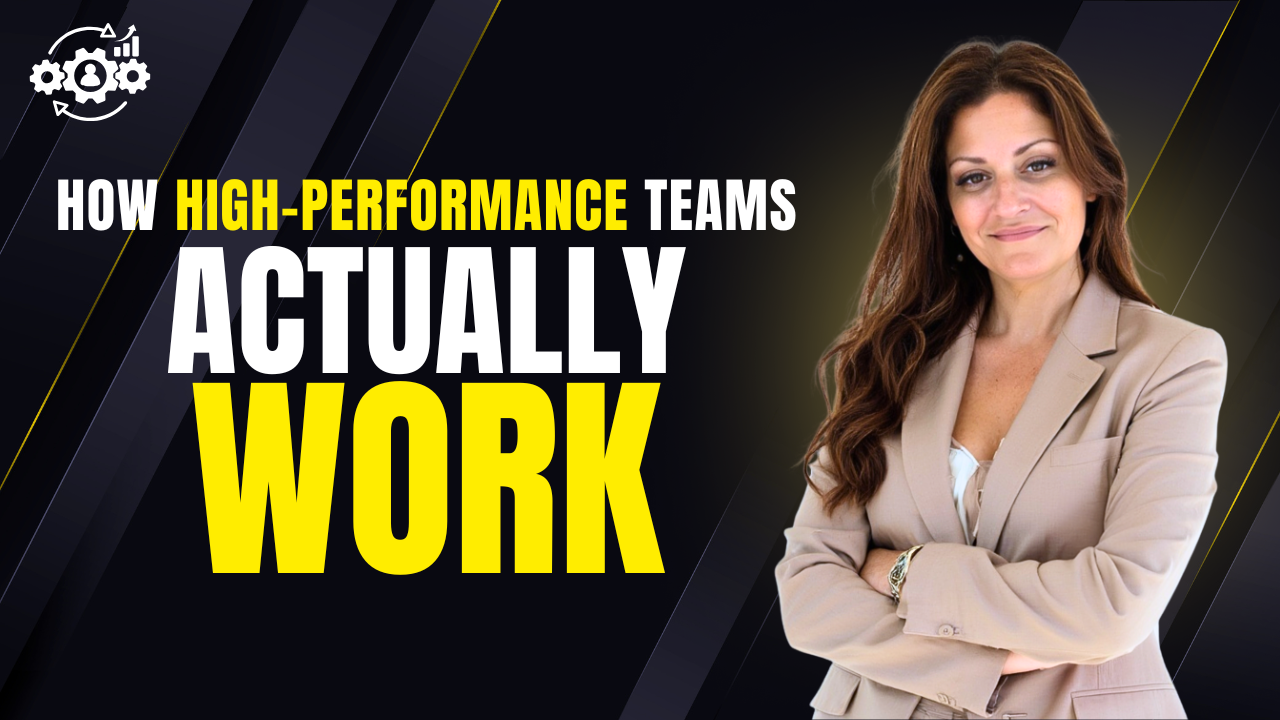It’s easy to slap “high-performance team” on your org chart and call it a day.
It’s harder to build one.
The truth? Most teams labeled “high-performance” are just over-functioning chaos machines. They’re held together by Slack threads, late-night copy rewrites, and a founder who’s secretly one project away from a breakdown.
But actual high-performance teams?
They’re boring. Predictable. Disciplined.
And that’s why they scale like hell.
This post is a no nonsense look into what’s really behind teams that move fast, execute cleanly, and keep hitting targets without sacrificing creativity, clarity, or their sanity.
Start pricing like a boss not a beggar
Let’s rip the bandage off:
You’re not stuck because your product isn’t good enough.
You’re stuck because you price it like you’re scared someone will say no.
Here’s the wake-up call nobody wants to hear:
You don’t need better ads. You don’t need a new funnel.
You need to stop being a coward with your pricing.
I said what I said.
In the latest Special Ops Podcast, Robin Waite, pricing assassin and coach behind Fearless Business sat down with us to dissect the real reason 99% of entrepreneurs are broke, burnt out, and buried in low-ticket hell.
And it comes down to this: “Most business owners are trying to scale a business model that doesn’t even work at low volume. They don’t have a pricing issue. They’ve got a confidence and clarity issue.”
1. Strategy First. Always. No Exceptions.
Before a single ad is written… before a single task is assigned… the strategy is locked.
And I mean locked. Not “we kind of know what we’re doing.” Not “let’s just get started and we’ll adjust.”
We’re talking:
- Crystal-clear offer definition
- Locked funnel type
- Mapped customer journey
- Approved messaging strategy
Why? Because momentum without direction is just wasted energy.
“Without strategy, execution is just expensive guesswork.”
Yara’s team won’t lift a finger until the sales page outline, offer stack, and funnel strategy are approved. Not because they’re bureaucratic…but because they’re smart. When the lead asset is rock solid, it becomes the north star for every other asset in the campaign.
No more rewriting emails because the CTA changed mid-sprint.
No more ad copy misaligned with the actual offer.
No more delays because the funnel structure was “still being figured out.”
You don’t get speed without strategy. You just get a faster route to burnout.
2. Roles Are Sacred. Stop Playing Musical Chairs.
This is one of the most common dysfunctions in mid-stage teams: everyone is doing everyone else’s job.
The CMO is project managing.
The copywriter is chasing devs for deadlines.
The founder is rewriting landing page headlines at midnight.
High-performance teams don’t tolerate role bleed.
They protect roles like assets because that’s exactly what they are.
“If someone’s in the wrong seat, your entire org chart is a liability.”
Here’s the deal:
- Creatives stay in the creative lane.
- Operators stay in the execution lane.
- The founder leads vision and not micromanagement.
When roles are clear, decision-making gets faster. Accountability sharpens. Friction drops.
Pro Tip: Map your org chart by function, not title. Ask: Who owns outcomes? Who owns delivery? Who owns feedback loops?
You’ll be shocked how many gaps and overlaps you find…and how quickly things tighten up once you clean them.
3. Start with the Lead Asset. Then Build Everything Else.
This one strategy has saved our clients hundreds of hours (and thousands in rewrites).
Start every major campaign with the lead asset usually:
- A sales page
- A VSL script
- A webinar deck
- A challenge or lead magnet if it’s TOF
A challenge or lead magnet if it’s TOF
You get that ONE thing nailed and only then do you build supporting content.
Why? Because every email, ad, upsell, and post-funnel sequence points back to this anchor.
“If the lead asset changes mid-project, everything downstream breaks.”
Case in point:
Yara shared a story where a client changed their core offer bonus after the entire email and ad sequence was written.
Result?
Total rewrite. Hours lost. Team morale tanked.
Avoid this by making one thing non-negotiable: once approved, the lead asset is locked unless there’s a strategic, founder-level reason to change it.
Everything downstream flows faster. And smoother. And way cheaper.
4. Weekly Breakers. Daily Standups. Cadence Is King.
Let’s talk rhythm. Without it, even your best people lose momentum.
Most founders think meetings slow things down. What slows you down is not knowing who’s stuck, what’s stalled, or what’s on fire until it’s too late.
Emma’s system is a masterclass in cadence:
→ The Breaker
A weekly 90-minute meeting where the team steps back from the day-to-day to work on the business.
Every person answers:
- Are you on track, off track, or stuck?
- What’s your next move?
- What do you need?
No fluff. No feelings. Just facts and focus.
→ Daily Standups
Short, tight, every single day.
- Good morning.
- Anyone need help?
- Any blockers?
Done in 5–10 minutes max.
“Meetings don’t kill execution. Lack of structure around meetings does.”
What this cadence creates:
- Immediate clarity on priorities
- Faster iteration
- Fewer surprises
- A team that feels the pulse of the business
If you’re the founder still asking for “updates” via email threads or wondering what’s getting done each week then this is your fix.
5. Proactive Problem Solving Beats Heroic Firefighting
Let’s be blunt:
If problems keep hitting your desk at the explosion stage, your team is underperforming. Period.
High-performance teams raise the flag early. They don’t wait for deadlines to slip. They don’t wait for customers to complain.
They’re trained to spot friction, forecast breakdowns, and course-correct before it costs the business.
“Don’t come to me when it’s a fire. Come to me when you smell smoke.”
Emma’s Signal List inside the Breaker meeting is the perfect example:
- Every team member calls out early-stage warning signs
- Signals get prioritized
- Resources get shifted fast
- And most problems die in the planning stage instead of wreaking havoc mid-sprint
This kind of proactive muscle isn’t natural…it’s trained.
It’s a culture shift.
But when you embed it into your ops cadence, you buy back more time, reduce stress, and create a business that scales with stability.
Final Word: High-Performance Isn’t a Buzzword, It’s a System
Want a team that moves fast, hits targets, and doesn’t fall apart under pressure?
Then you need:
- A locked strategy before you move
- Role clarity so everyone knows where to play
- A lead asset that anchors everything
- Meeting rhythms that create momentum
- And a culture of solving problems before they break things
This isn’t complicated. But it’s rare.
Because most founders are still duct-taping things together behind the scenes, hoping “next quarter” is when the chaos finally calms down.
It won’t.
Build the system now. Protect your people. And get out of firefighting mode for good.
🎯 Download the Blueprint
If you’re tired of launches running late, creative teams burning out, and ops feeling like the cleanup crew…
👉 Download the High Performance Hiring Blueprint inside the Visionary Vault.
It shows you exactly how to hire, manage, and lead a team that scales cleanly.

